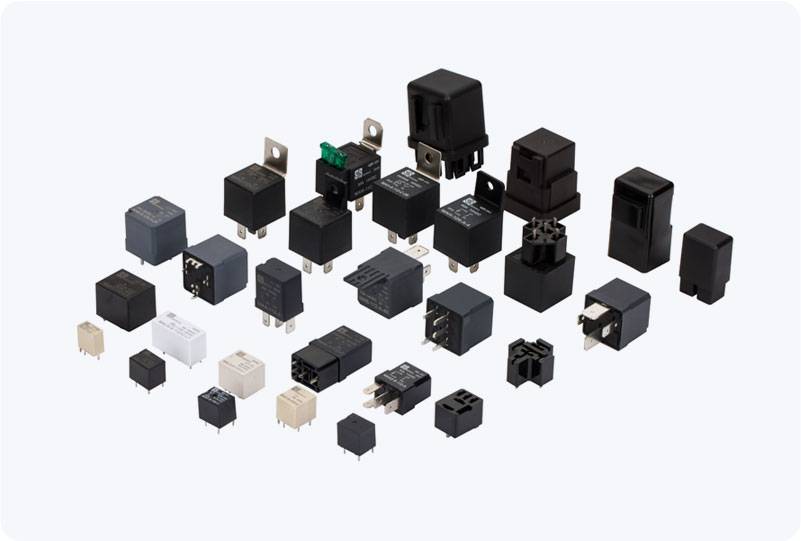30a power relay: essential component for high power switching applications
Release time:2025-04-26 20:32:35
A 30A power relay is an essential electronic component designed to switch high power loads. These relays play a vital role in various industries, from automotive applications to industrial machinery and home appliances, enabling the control of circuits that operate at high currents. Understanding the function, features, and uses of a 30A power relay is crucial for anyone involved in designing or troubleshooting electrical systems.

What is a 30A Power Relay?
A power relay is an electrically operated switch that allows one circuit to control another, enabling the transfer of electrical signals or power between two circuits without direct contact. The term "30A" refers to the maximum current that the relay can handle—30 amperes—making it suitable for applications requiring high current switching capabilities. A typical power relay consists of an electromagnet, a set of contacts, and a spring mechanism that keeps the contacts in place when the relay is not activated.
How Does a 30A Power Relay Work?
The operation of a 30A power relay is based on the principle of electromagnetic induction. When a voltage is applied to the coil of the relay, it generates a magnetic field that attracts a metal armature. This action closes or opens the relay contacts, depending on whether the relay is configured as normally open (NO) or normally closed (NC). The contacts control the flow of current to a connected load.

